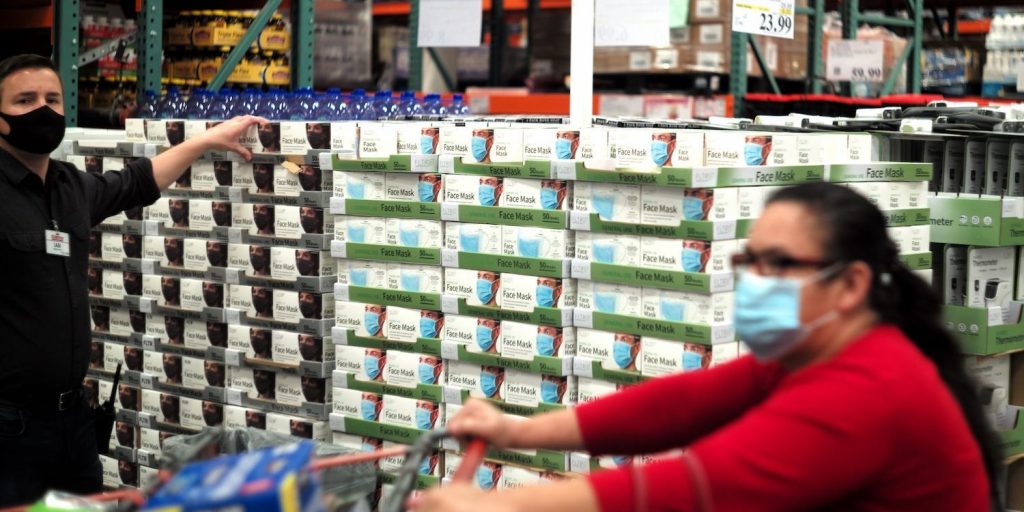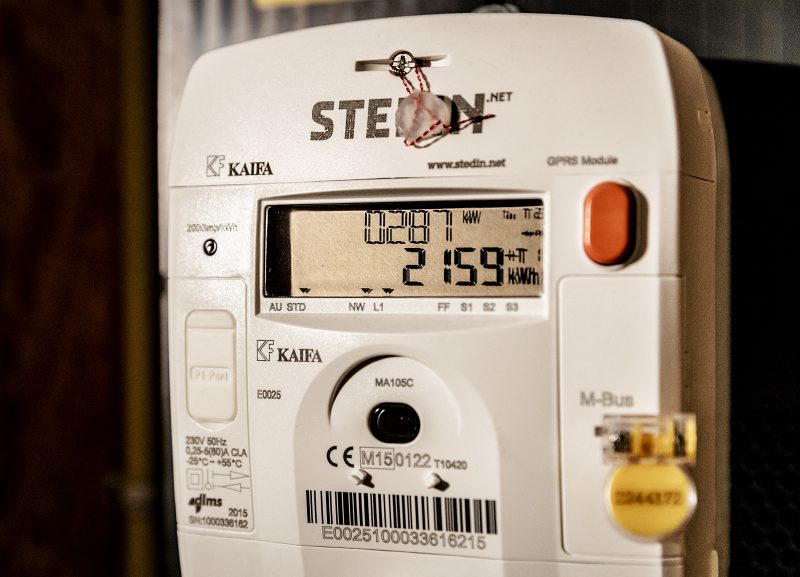
- The Consumer Price Index rose 0.4% in September, exceeding the median estimate of 0.3%.
- The reading marks an acceleration from August price growth of 0.3%.
- The report shows the economy is still grappling with decade-high price growth amid severe supply bottlenecks.
Inflation rebounded in September as new obstacles kept prices surging higher.
The Consumer Price Index – a commonly used measure of US inflation – rose 0.4% last month, the Bureau of Labor Statistics announced Wednesday. That exceeded the median forecast of a 0.3% gain from economists surveyed by Bloomberg.
The print shows price growth unexpectedly picking up from the 0.3% jump seen through August.
On a year-over-year basis, the index jumped 5.4%. Economists expected a 5.3% increase. The one-year gain also accelerated from the pace seen in August.
Core CPI, which strips out volatile food and energy prices, rose 0.2% last month, matching the median forecast of a 0.2% jump.
While the virus threat began to subside in late September, supply bottlenecks still plague businesses and consumers. Americans spending held up through the Delta wave, with retail sales still trending near record highs through August. Yet massive order backlogs and shipment buildups at key ports have kept firms from matching supply with Americans' extraordinary demand.
The latest reading also suggests inflation might not be as transitory as the White House and the Federal Reserve anticipated/is following the path anticipated by the White House and the Federal Reserve. Both expected price growth to cool into 2022 as COVID-19 cases fell. Yet inflation remains stubbornly high, and the global supply-chain nightmare threatens to keep it that way.
Where your dollar is getting weaker
Energy prices rose the most through September. Fuel costs jumped 3.9%, rebounding from the 2.1% slide seen in August. Utility gas services rose 2.7%, the second-largest jump of any CPI category.
Used car prices, which counted for roughly one-third of the spring's inflation surge, saw prices drop 0.7% in September. While that's not as big a decline as August's 1.5% slump, it signals the category still isn't contributing to rising prices.
Prices for clothing, medical care, and transportation also fell through the month. Shelter prices, which track rent and hotel costs, rose just 0.4%. That's twice as big an increase than that seen in August, but still implies soaring house prices aren't leading to dramatically higher inflation.










